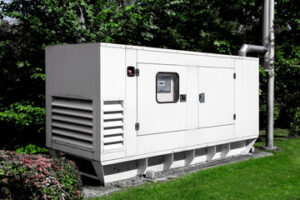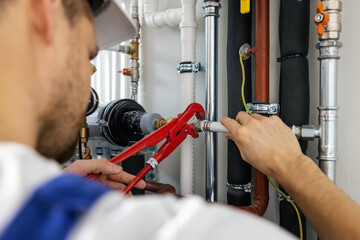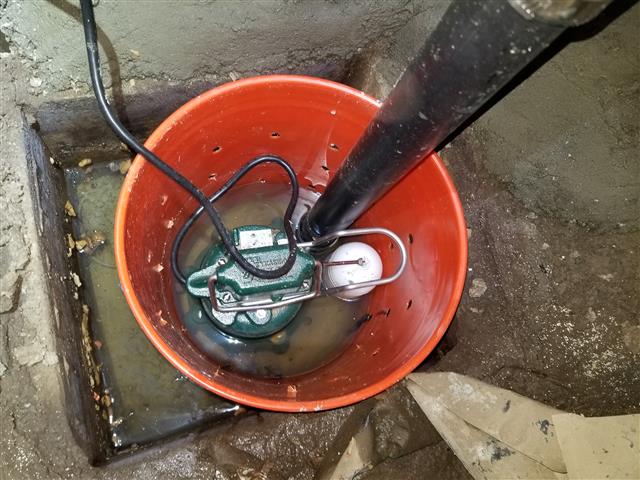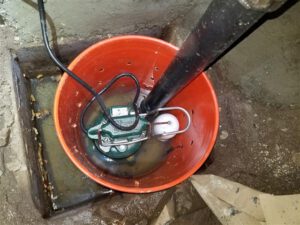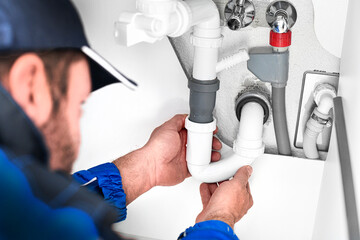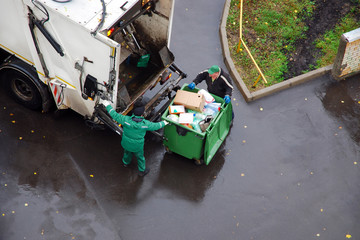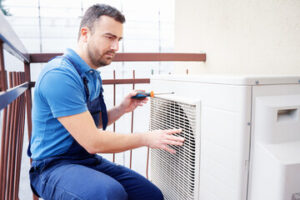Leveling your land is an essential process for construction projects. Level Ground Excavation experts can use specialized equipment to clear debris and slope the ground according to your project plans.
The material in the uppermost excavation level was granular and easily scooped up by the excavator bucket. At the next lower level, it was extremely plastic-like plasticine.

Even a relatively flat piece of land must be leveled before construction begins. In addition to reducing holes and bumps, this process helps to prevent erosion from damaging the soil. Erosion is a natural process that can wreak havoc on the earth, leaving infertile soil and polluting waterways or causing landslides. Professional contractors and engineers can use heavy machinery to smooth out the landscape and make sure that the dirt is compacted so that it is sturdy enough for construction projects.
Adding a layer of fill to the topsoil will help with stability as well. This may be necessary if the soil has been damaged during the excavation process. A subbase course can also be added to provide additional load-bearing capacity. This is particularly important if the excavation has been done on a slope or the site is located along a floodplain.
During this stage, workers will use a Bobcat or other machinery with various attachments to scoop up and move the dirt. They will then use other attachments to flatten and smooth out the new surface. This is called land grading, and it helps to prepare the ground for any construction or landscaping that will be done after excavation. For example, a patio will need to be graded to ensure that the patio is situated correctly on the property. It will also be needed if the project involves laying a driveway. Fixing drainage problems is another reason that grading is often done. This can be accomplished by building a retaining wall, creating a slope to carry water downhill, or changing the direction of runoff.
In order to begin the excavation process, contractors will clear obstructions from the surface. This may include trees, overgrowth, brush, debris, stumps and bumpy terrain. Having this done beforehand will help ensure that the equipment used for excavation does not run into any objects that would cause a delay in the project. In addition, it will make sure that any existing structures and utilities are not accidentally damaged.
This step is also known as clearing and grubbing, and it helps prepare the site for construction to take place. This is important because it can prevent accidents such as damaging underground pipes or even hitting a hidden treasure chest. Additionally, it will remove any landscaping that may have grown over the location of a utility line. This can prevent workers from digging into them accidentally, which could lead to expensive repairs down the road.
Once all the obstacles have been cleared from the surface of the ground, the excavation team will dig down into the desired specifications for the project. This step is typically done using large machinery, such as excavators and backhoes. Depending on the nature of the project, it may be necessary to dig down for a variety of reasons, including foundation footings, waterproof basements and more.
It is essential to choose the right company for this stage of your project. The right contractor will understand exactly what you want and will meet your needs accordingly. In addition, they will be able to provide you with the best value for your money. You should also consider the safety record of a company and how they treat their employees. These factors can give you an idea of how well they will perform during your project.
A large portion of excavation is digging down to prepare a site for construction or leveling. This is done by using various tools including shovels, hoes, pickaxes and even excavators. Excavators are the most common tool because of their efficiency and strength. They have the ability to dig deeper and faster than other tools and are also capable of clearing obstructions from larger areas.
In some instances, a project may require the excavation of an entire pool. This is a large task and is normally accompanied by the need for drainage, structural support and other factors that will be determined on-site. Excavation contractors will know how to clear away a pool and what steps are required to ensure that the area is safe for grass or other greenery to grow in the future.
Other types of excavation include trenching and digging post holes for fencing or other structures. Trenches are narrow and long excavations that are used for things such as drainage channels or external wall foundations. They can be quite a difficult type of digging to complete and will typically involve the use of hand held tools and shovels as well as excavators.
Digging post holes is another form of excavation that can be difficult. These are deep holes that are needed for erecting fence posts or other structures. They are often quite rocky and hard to dig. An electric hand breaker or grafts bar can be used to help with this task.
Erosion control is a crucial part of excavation and involves removing any materials that are causing erosion. This is done to prevent soil washing away which can cause landslides, infertile land and other environmental problems. Excavation companies will use a variety of equipment to do this, including bulldozers and scrapers.
If a project requires drainage to be installed, excavation contractors will be able to dig drains in the correct locations. They will also know how to backfill a site with the right type of soil that is necessary for grass, plants and other greenery to thrive in the future.
Once the surface debris has been cleared away, it’s time to dig down and level up. To determine how deep to dig, plant a stake in the ground at the highest point of your excavation site. Tie a string to the stake and hang a level on it. A bubble centered in the level’s vial will give you an idea of how deep to dig. Once most of the dirt has been removed, you can use a Bobcat or similar piece of machinery with a different attachment to flatten and smooth the new surface.
After the ground has been sculpted, you may want to plant a grass seed and some shrubs in the area. Then you’ll be able to enjoy the beautiful landscape you have created!
If your backyard needs leveling, you can hire a landscaping or yard grading contractor. A contractor with experience in residential land grading will be familiar with local building codes and regulations regarding drainage, which is critical to a construction project. They will also know how much dirt to bring to the job and how to distribute it to ensure that your soil is evenly shaped.
To level sloped terrain, the contractor will cut dirt from the high areas and use it to fill low spots. The cost of this service is typically $60 to $200 per cubic yard of dirt. This is not including the fee that a landscaping or yard grading company will charge to spread the dirt for you.
If your yard only needs minor leveling, you may be able to do it yourself with a shovel, wheelbarrow and rake. For major yard grading, you’ll probably need to rent heavy equipment such as a Bobcat or a tractor with a plow attachment. A professional excavating company will be able to handle large projects with a range of equipment and specialized machinery, so you’ll have peace of mind knowing your project is in good hands. They will also be familiar with the local building codes and regulations that apply to your property, which can help avoid any fines or delays during construction.


